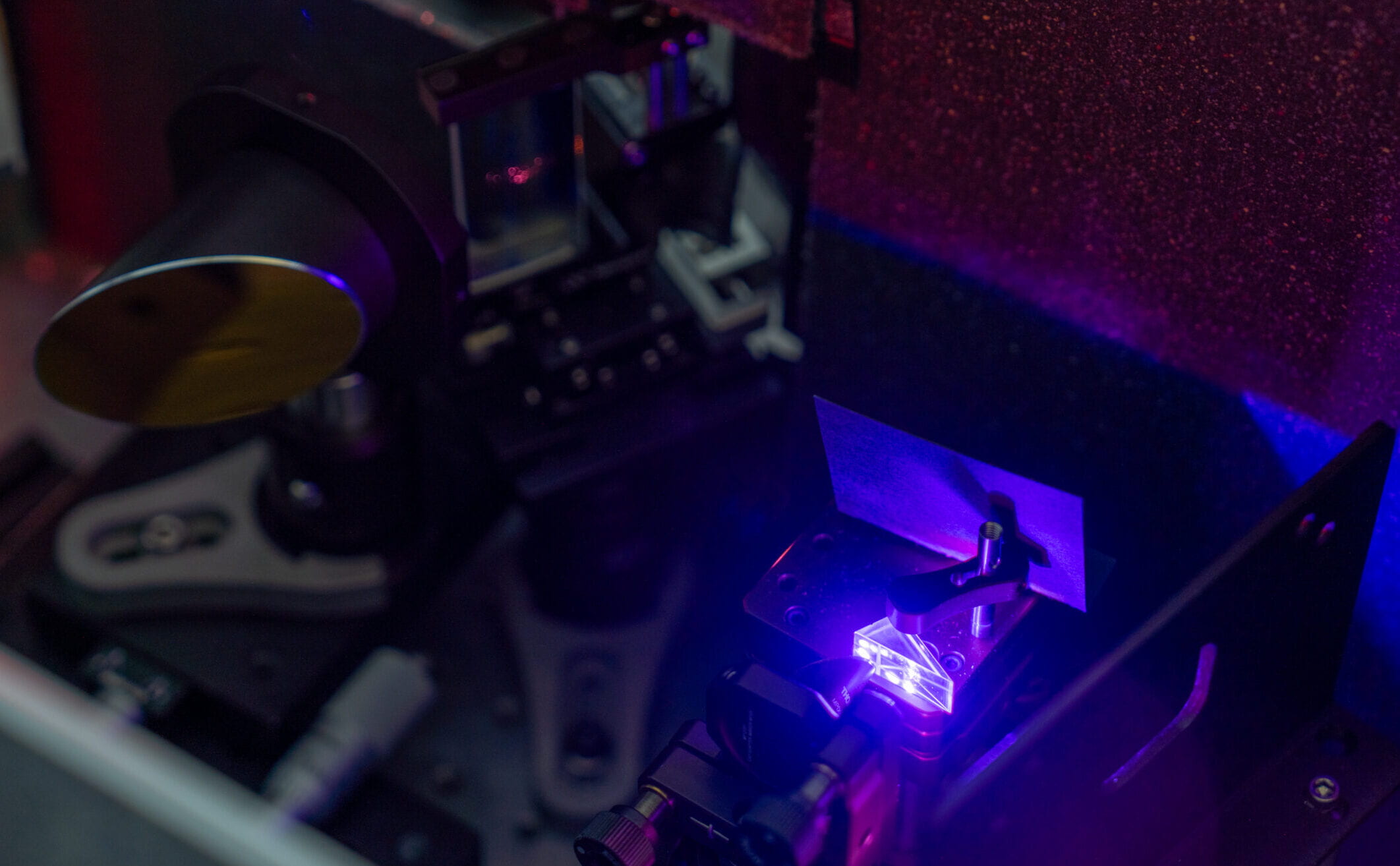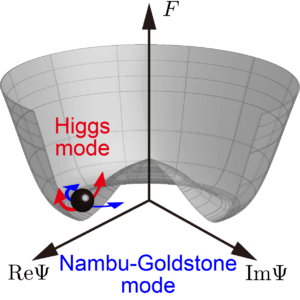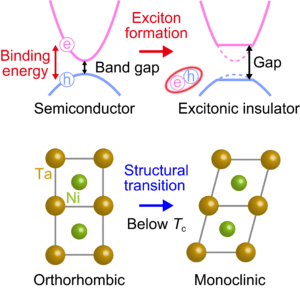
In condensed matters, the complex interplay of various degrees of freedom, such as charge, spin, and lattice, leads to exotic ground states, such as high-temperature superconductivity, ferro/anti-ferromagnetism, excitonic insulator, Dirac/Weyl semimetals. Our lab is interested in driving those degrees of freedom out of equilibrium by using laser pulse, particularly in terahertz (THz) frequency range, toward understanding and ultrafast optical control of the material properties. The THz-driven non-equilibrium dynamics will also provide unique information about the system by disentangling the complex interplay of various degrees of freedom.
In the following, the previous studies of Kota Katsumi are presented.
1. Nonlinear light-matter interaction in superconductors
Light-matter interaction plays an important role in elucidating the properties of condensed matter. Recent advancements in generating an intense THz pulse enabled us to access the nonlinear light-matter interactions, offering a unique information unreachable linear response.

An interesting example is a superconductor. When the spontaneous breaking of a continuous symmetry occurs, collective excitations of the order parameter emerge. They are the massless Nambu-Goldstone phase modes and the massive amplitude Higgs mode, named from the analogy of the Higgs boson in particle physics. Observing the Higgs mode has been challenging because it does not couple to the electromagnetic field in the linear response.
With the aim of elucidating the Higgs mode in superconductors, we investigated the THz nonlinear responses in cuprate superconductors Bi2Sr2CaCu2O8+x using THz pump-probe or harmonic generation techniques in the Shimano group at the University of Tokyo [e.g., PRL 120, 117001 (2018)]. Furthermore, in the Armitage group at the Johns Hopkins University, we employed the recently developed THz two-dimensional coherent spectroscopy in conventional superconductors NbN [arXiv:2311.16449 (2023)].
The THz nonlinear responses can further provide fingerprints of the other phenomena, such as the vortex motion under current injection [PRL 125, 097004 (2020)], Josephson plasmon in a cuprate superconductor YBa2Cu3Oy [PRB 107, 214506 (2023)], and a collective mode in nematic an iron-based superconductor Ba1−xKxFe2As2, possibly Bardasis-Schrieffer mode [npj Quantum Mater. 7, 4 (2022)].
2. Ultrafast dynamics in an excitonic insulator

An excitonic insulator is a correlated insulating phase in narrow-gap semiconductors or semimetals, driven by the spontaneous formation of excitons due to electron-hole interactions. Yet, compelling experimental evidence is still lacking.
A leading excitonic insulator candidate is Ta2NiSe5 (TNS) because it has a small direct band gap and exhibits a semiconductor/semimetal-to-insulator (SI) transition. However, the origin of the SI transition in TNS remains elusive because it accompanies a structural transition from a high-temperature orthorhombic phase to a low-temperature monoclinic phase. The respective roles of lattice and electronic degrees of freedom in driving the SI transition, and whether TNS is an excitonic insulator or not thus remained an open question.